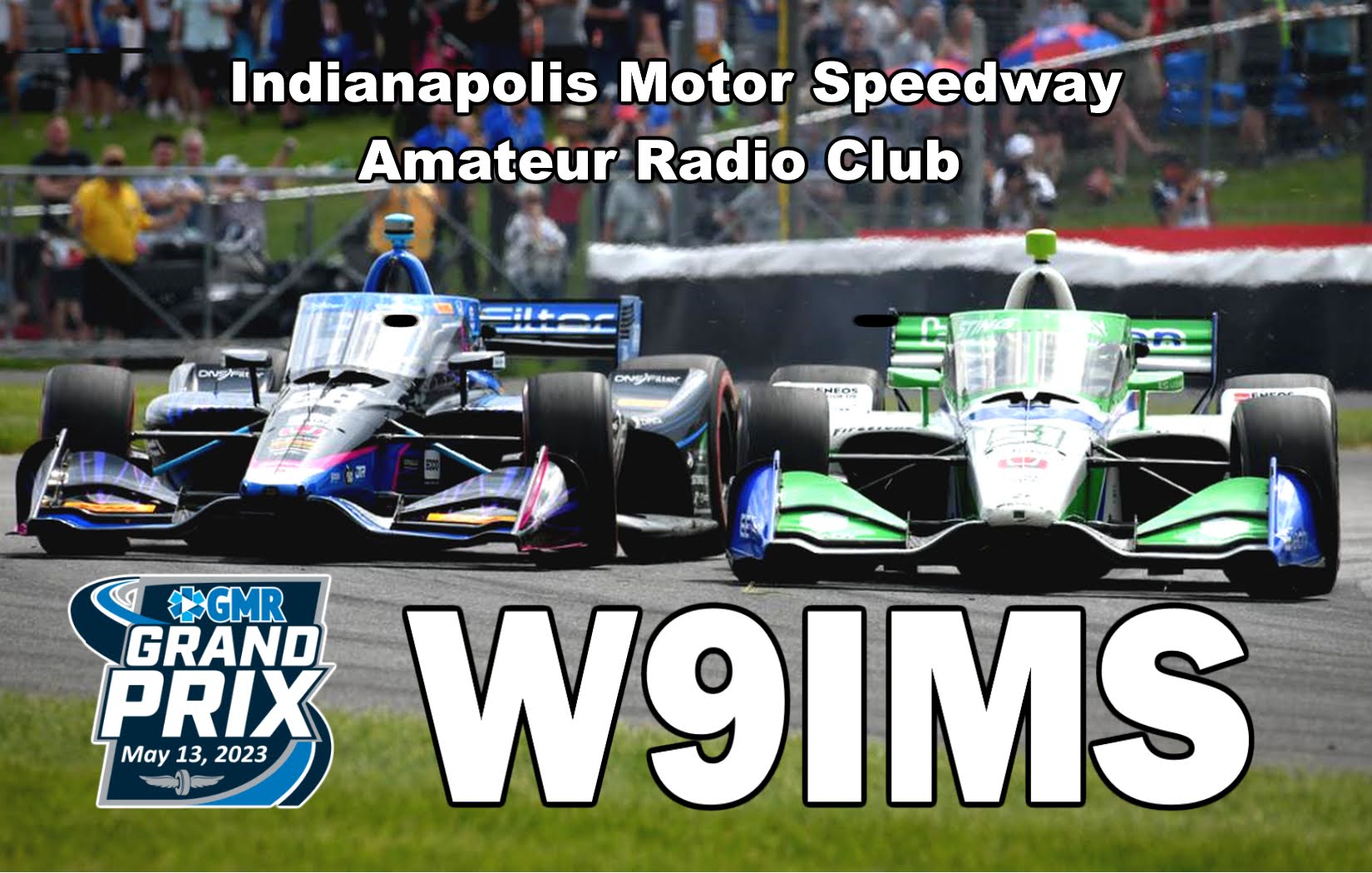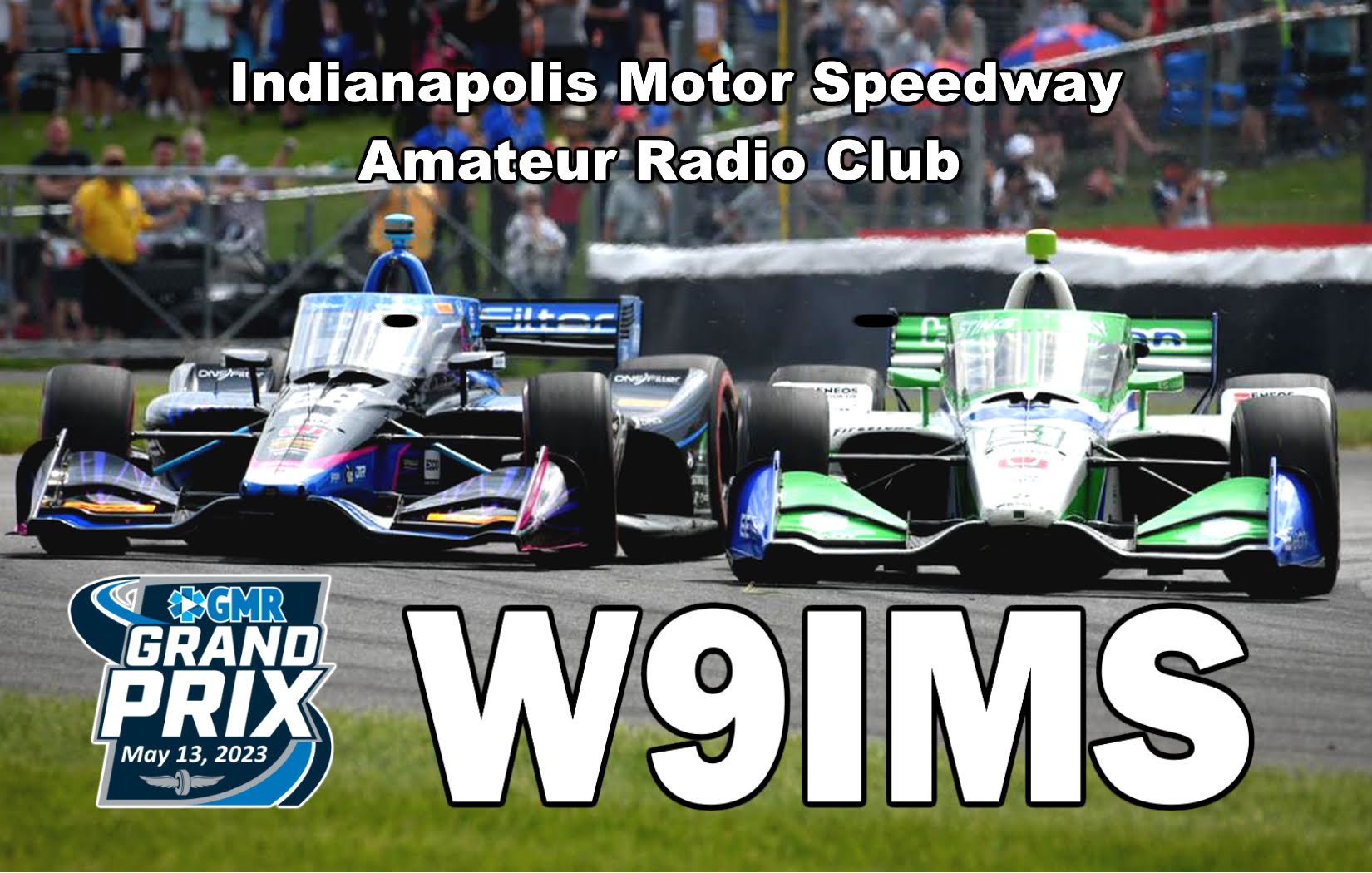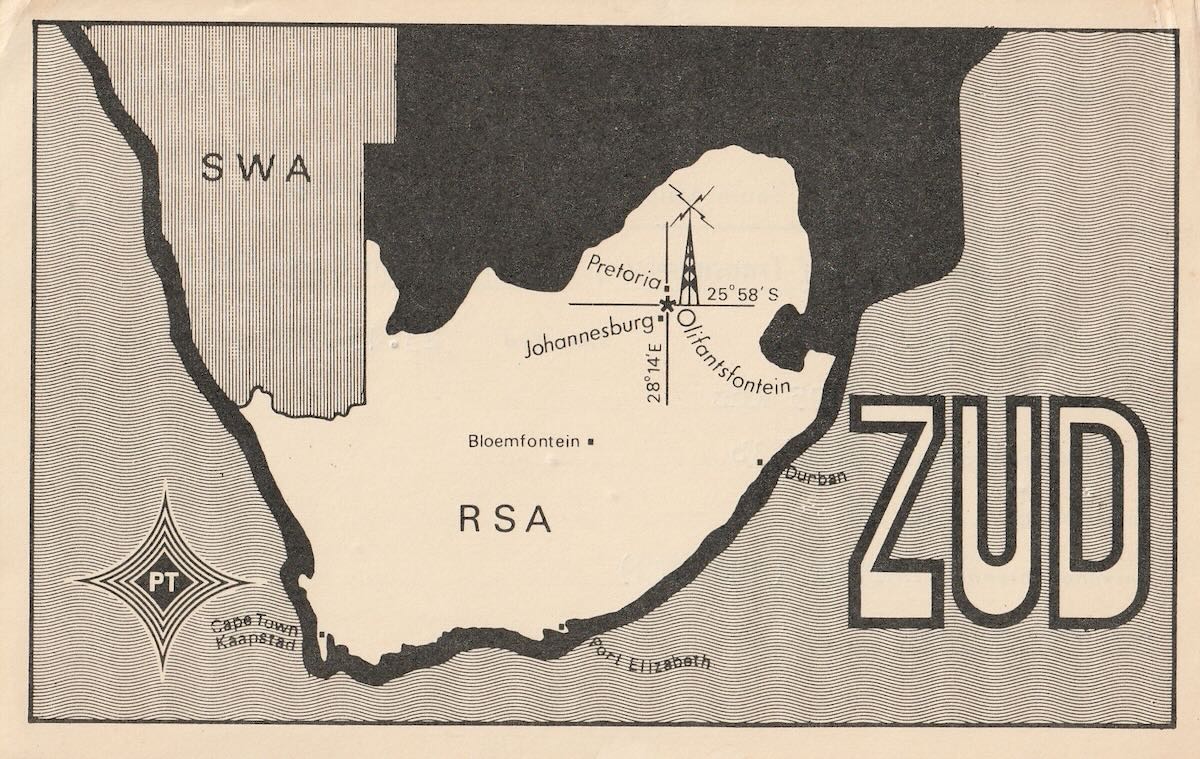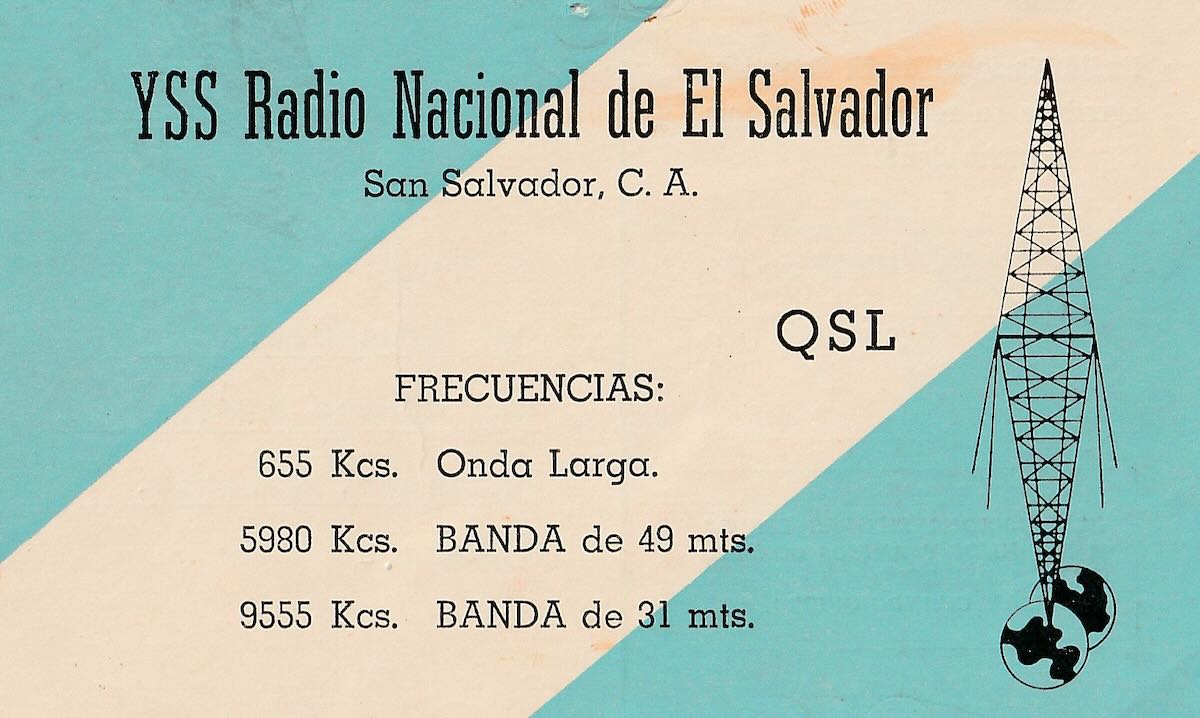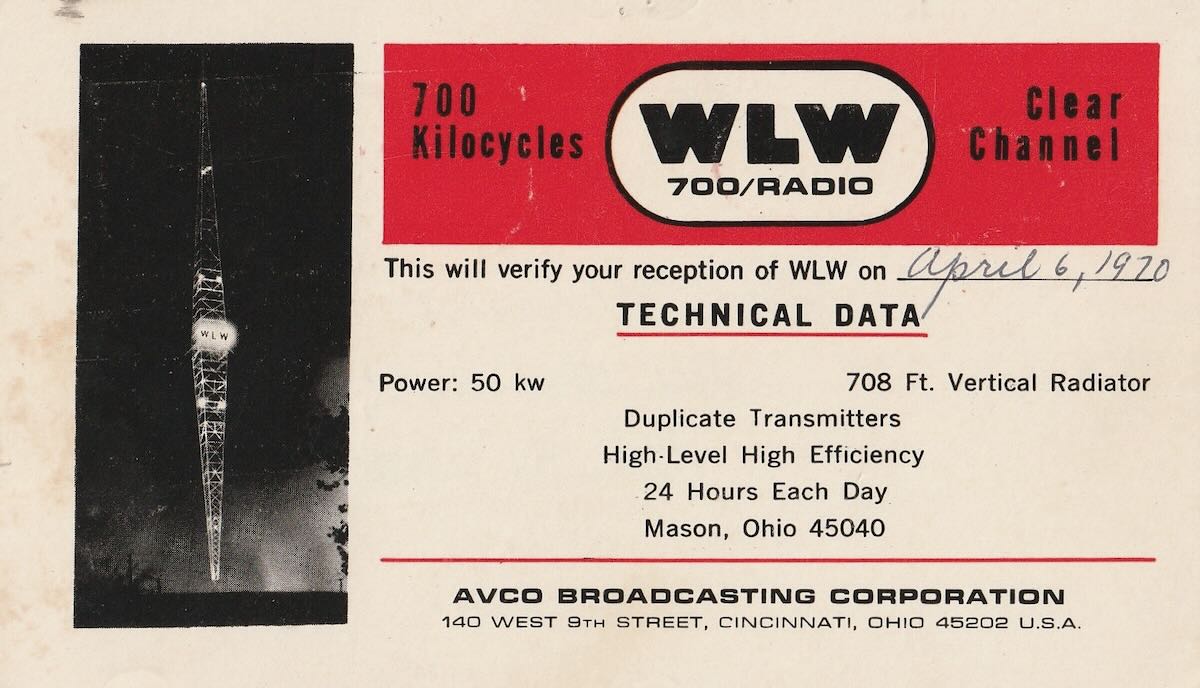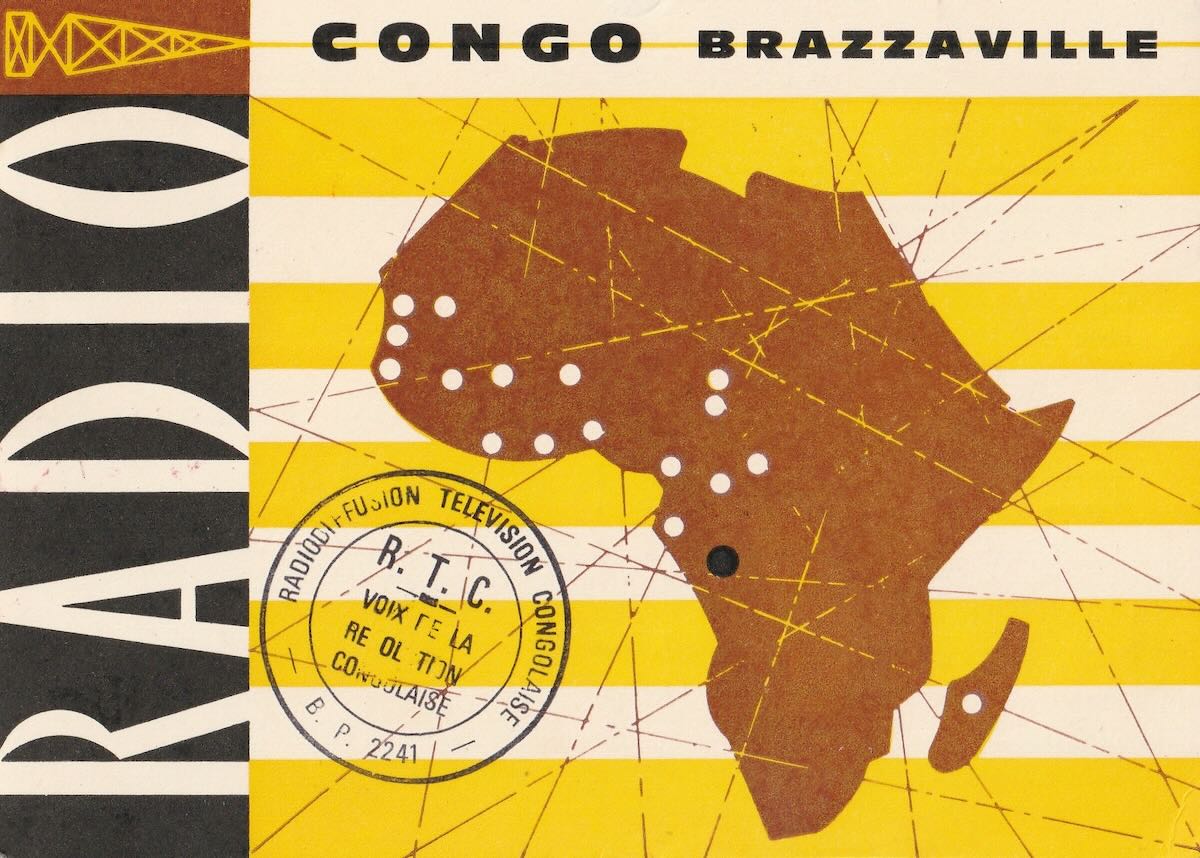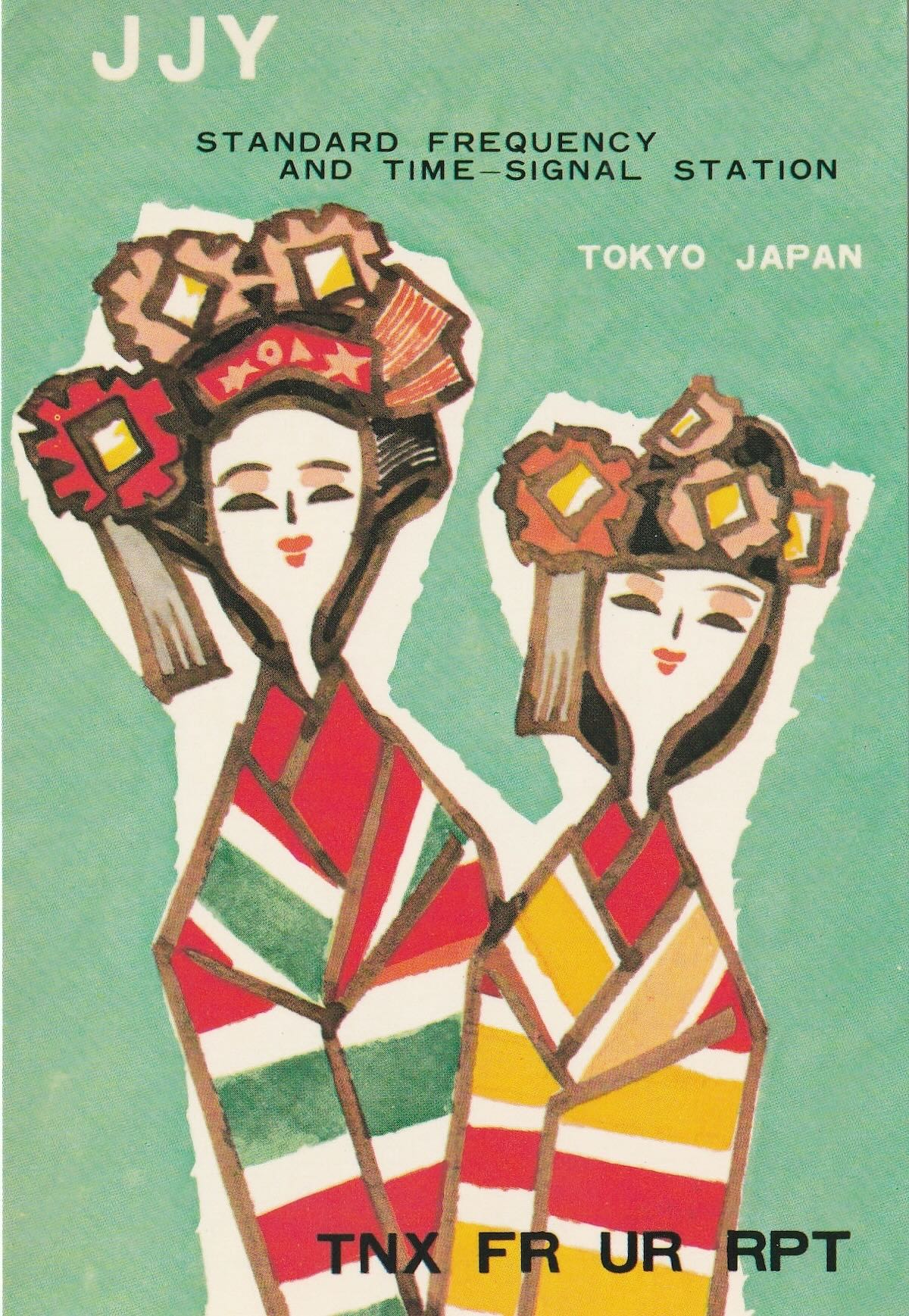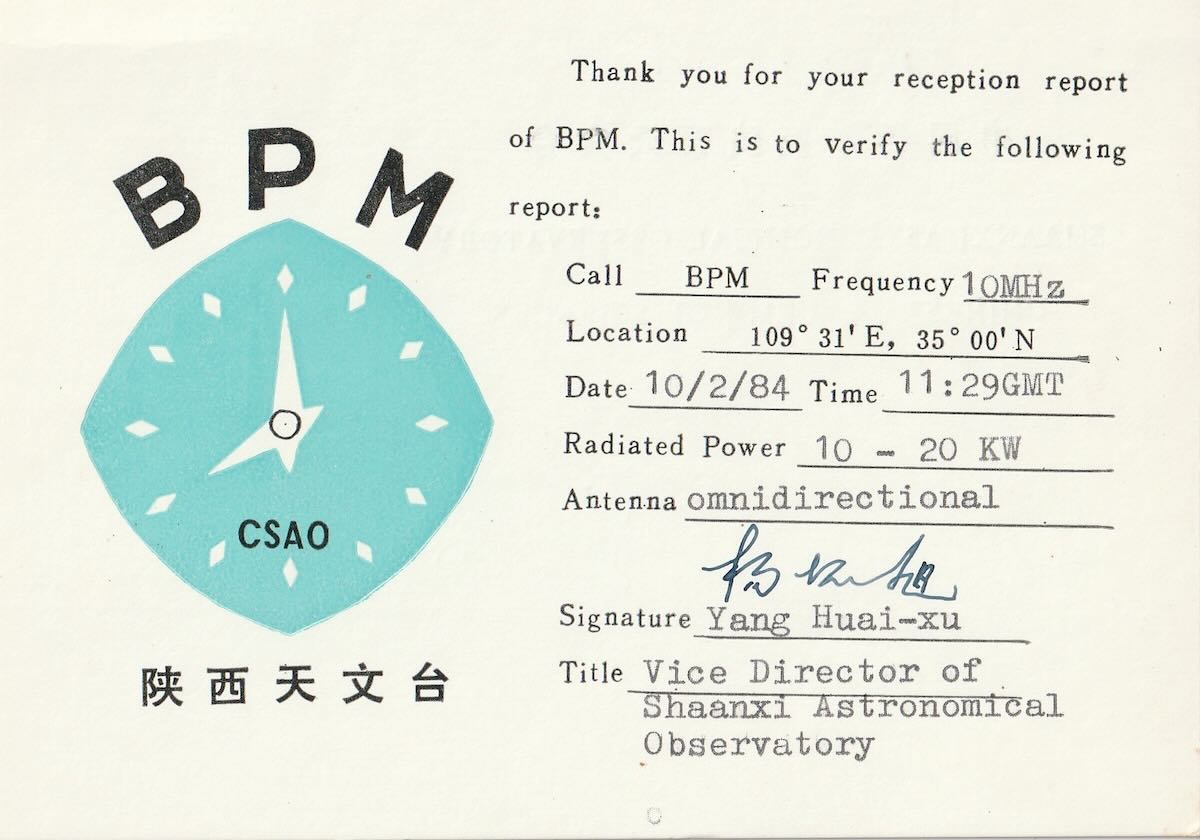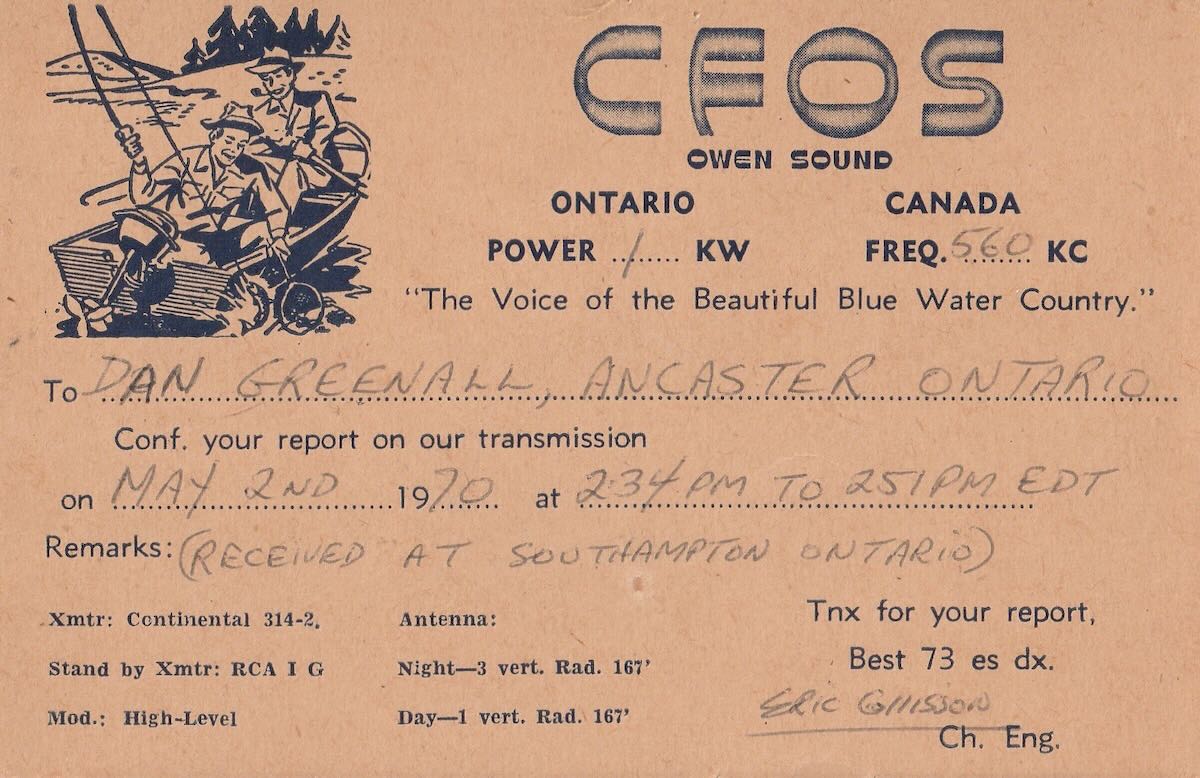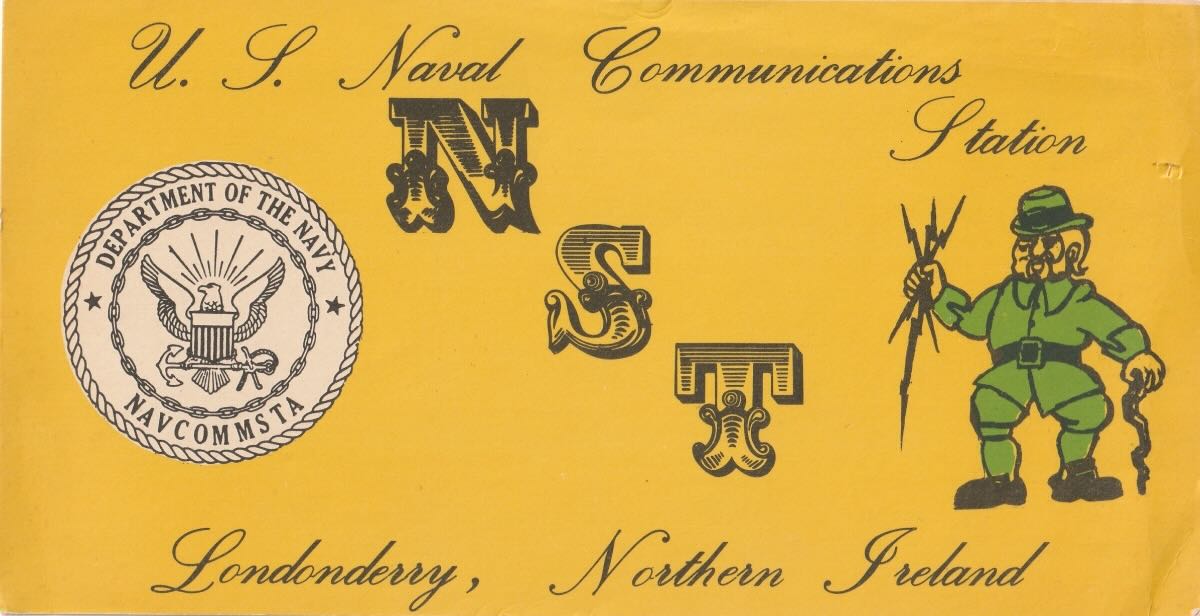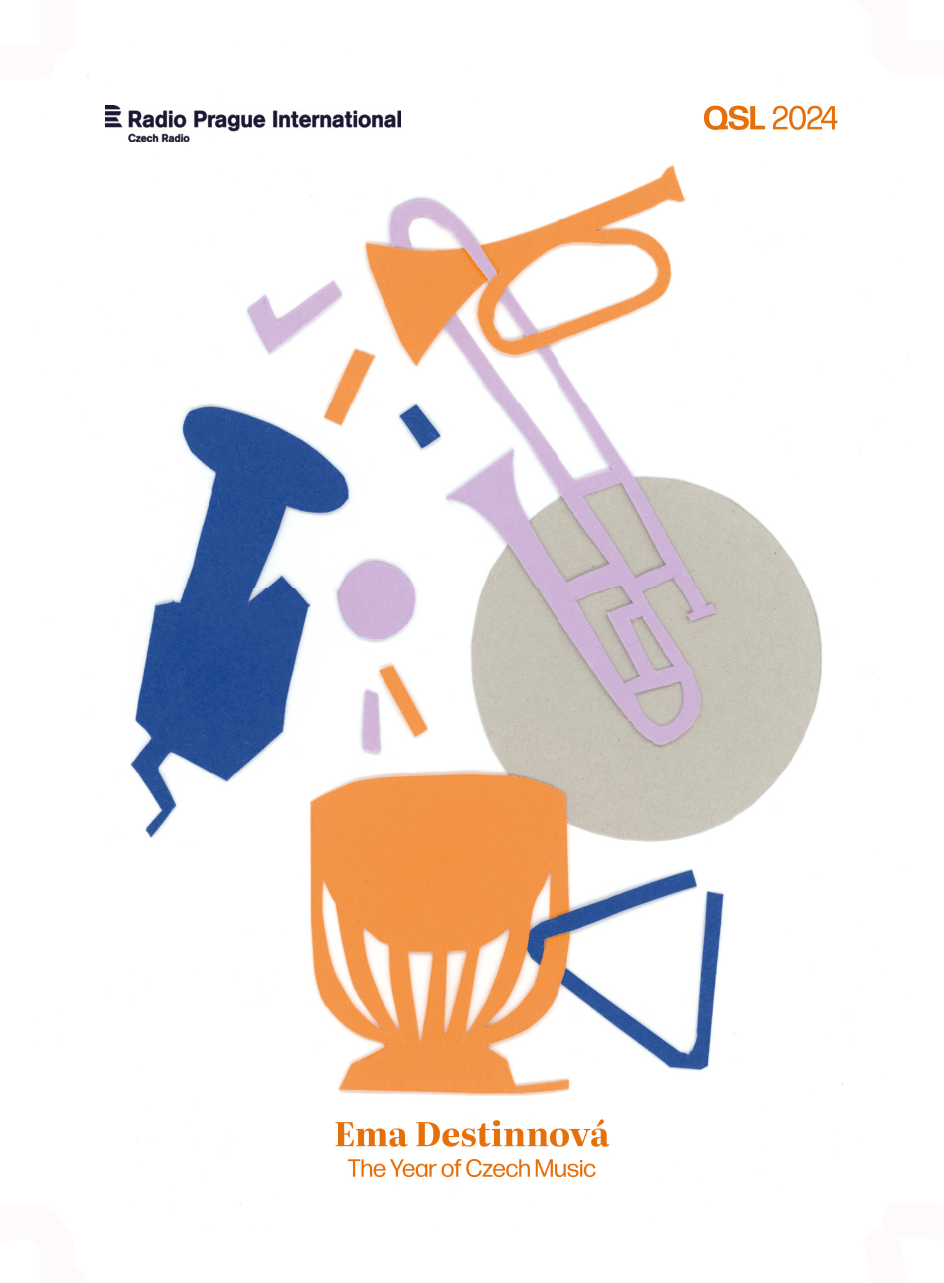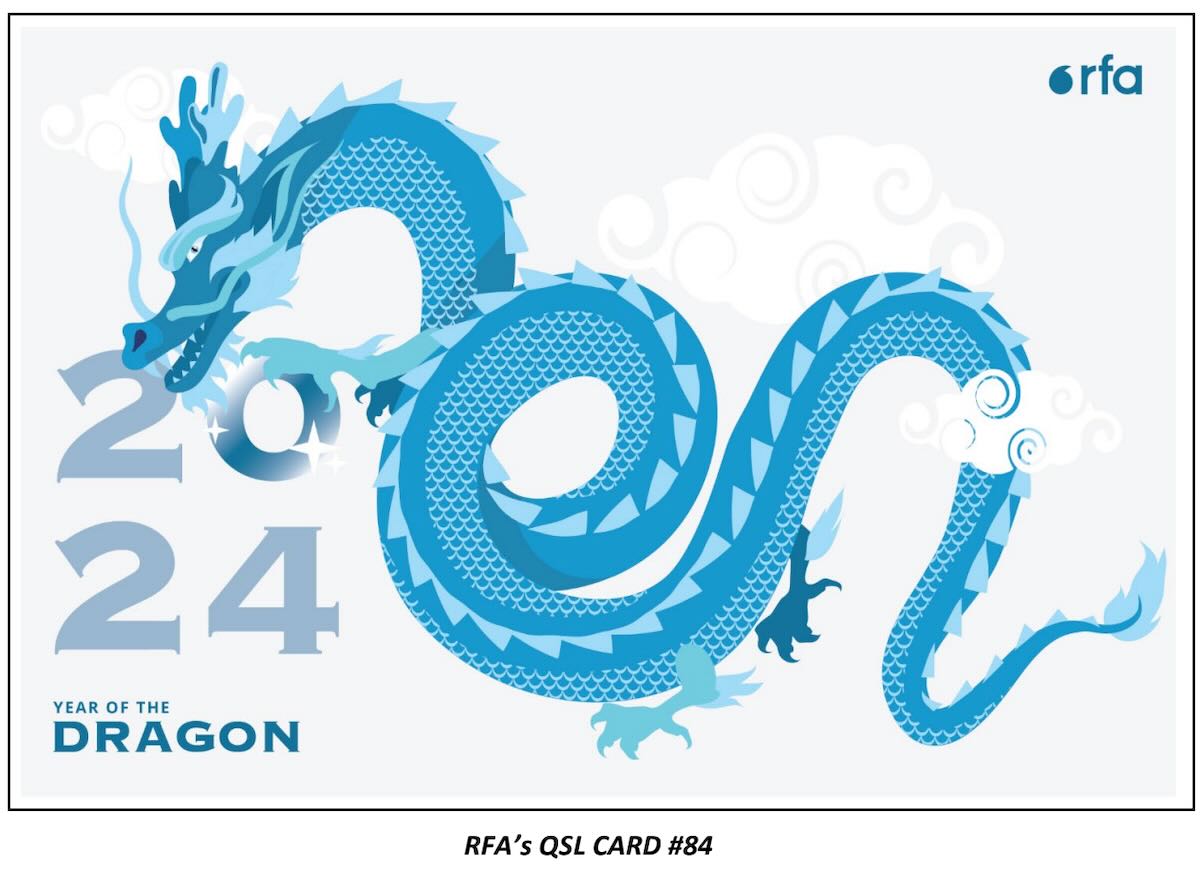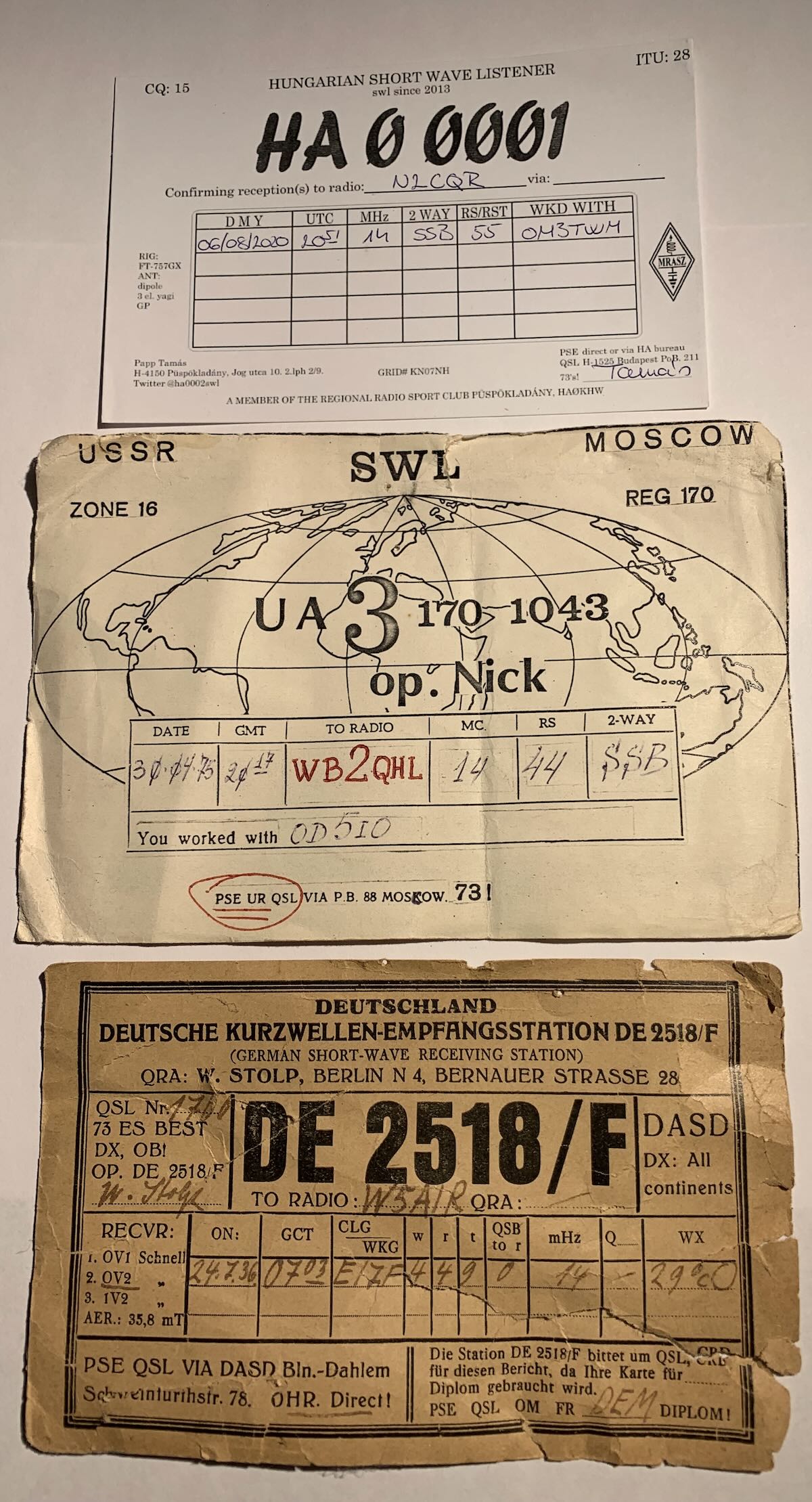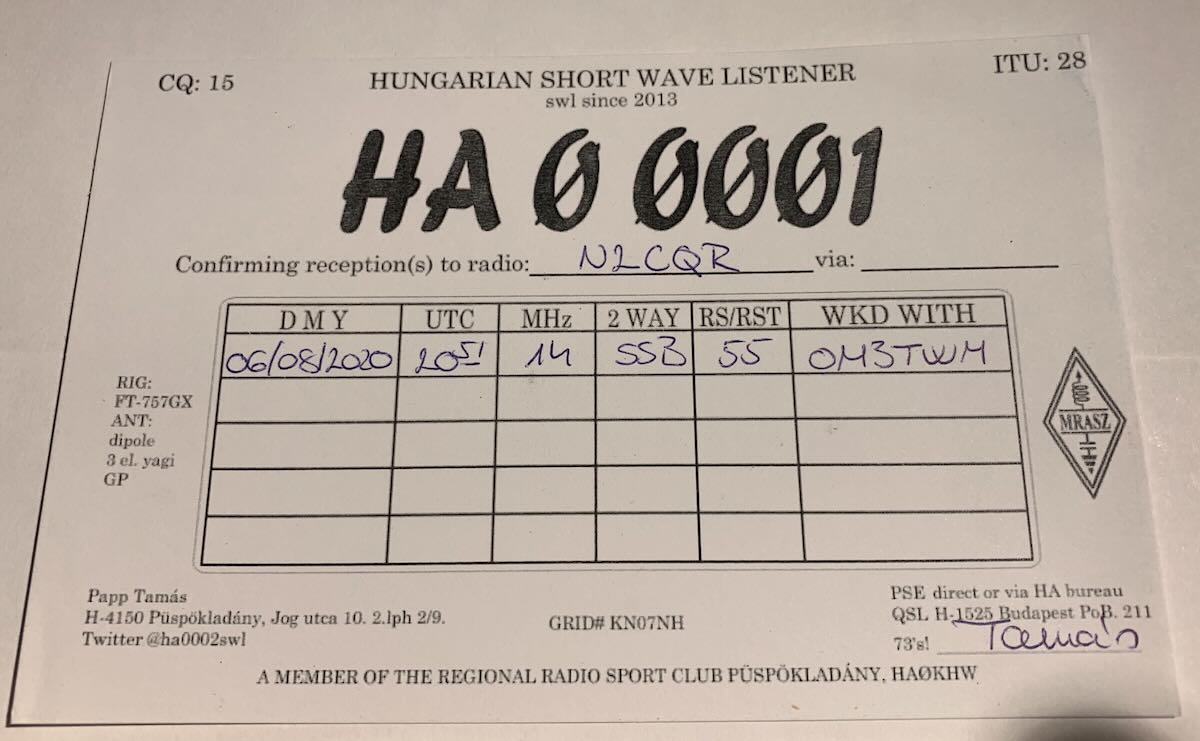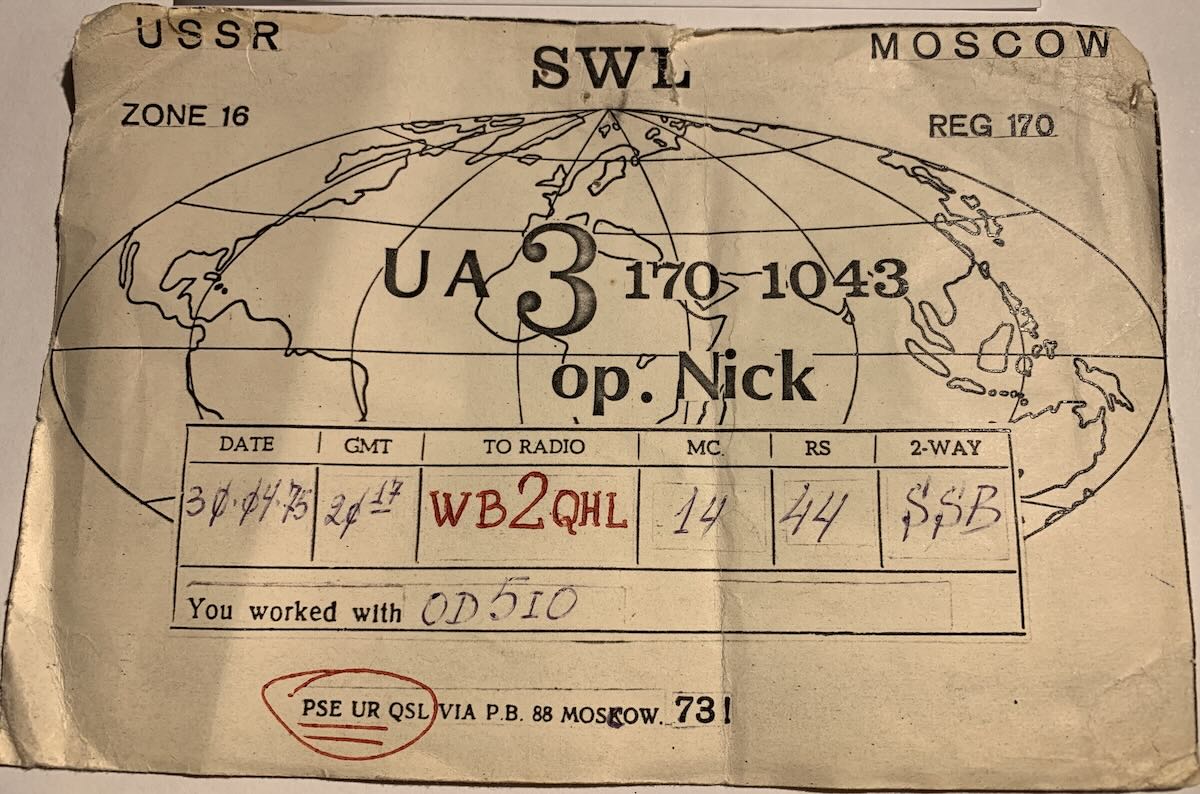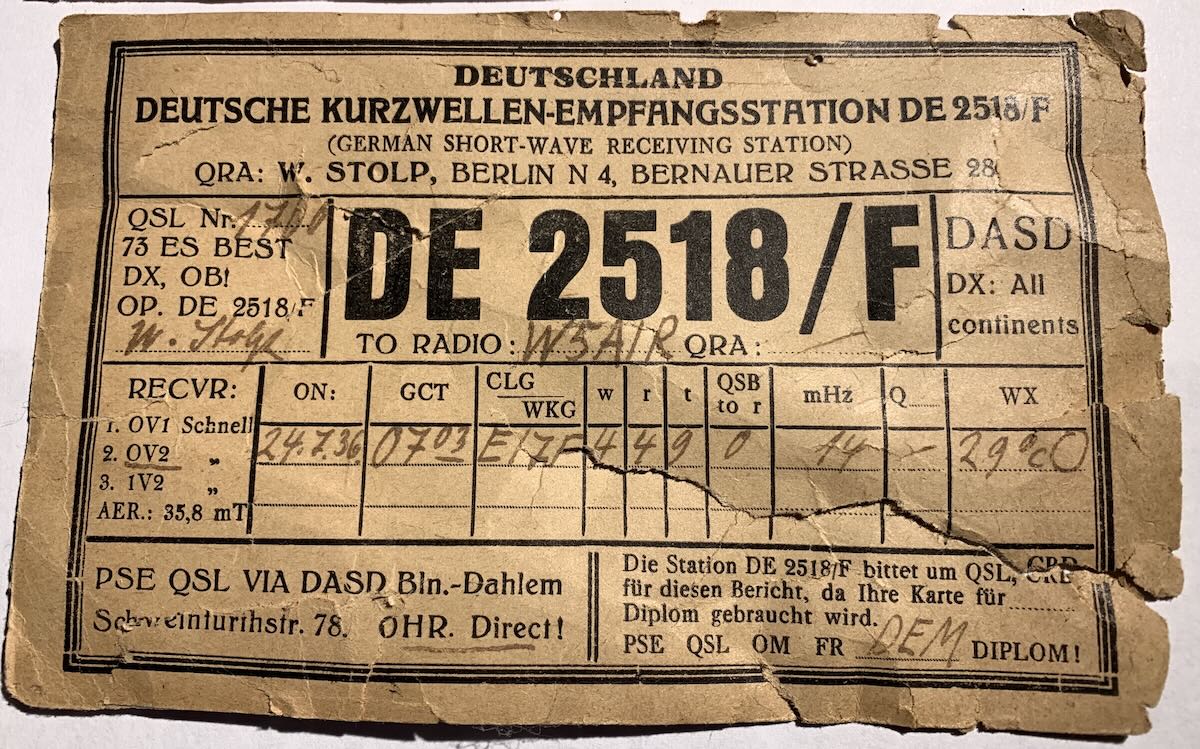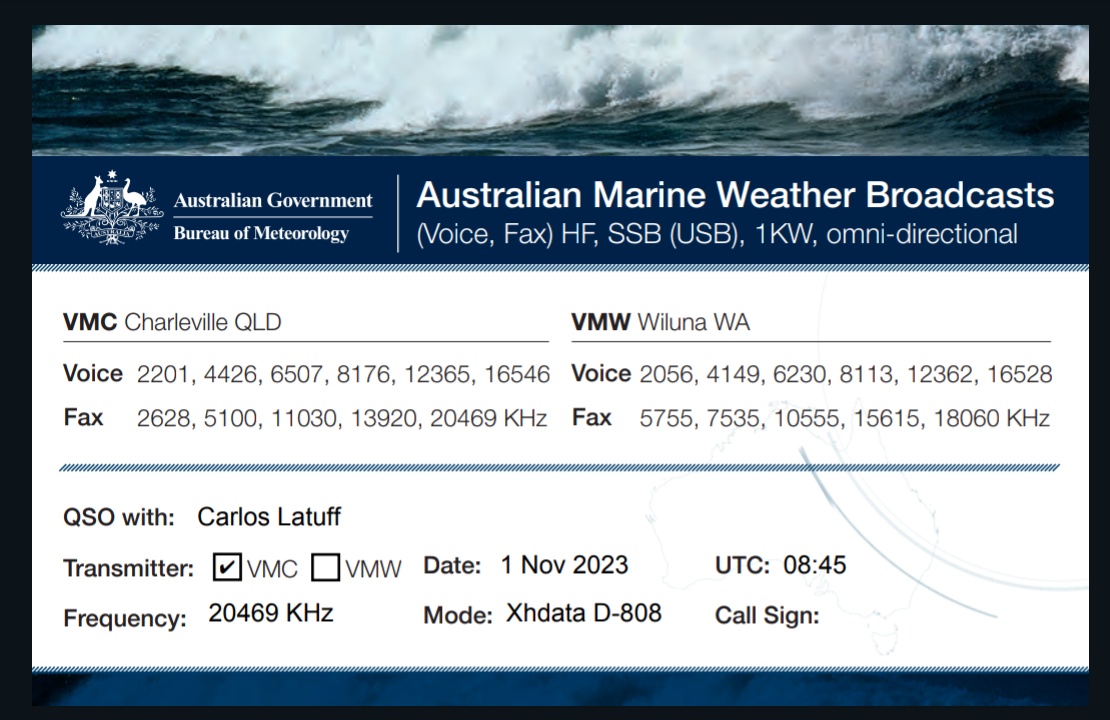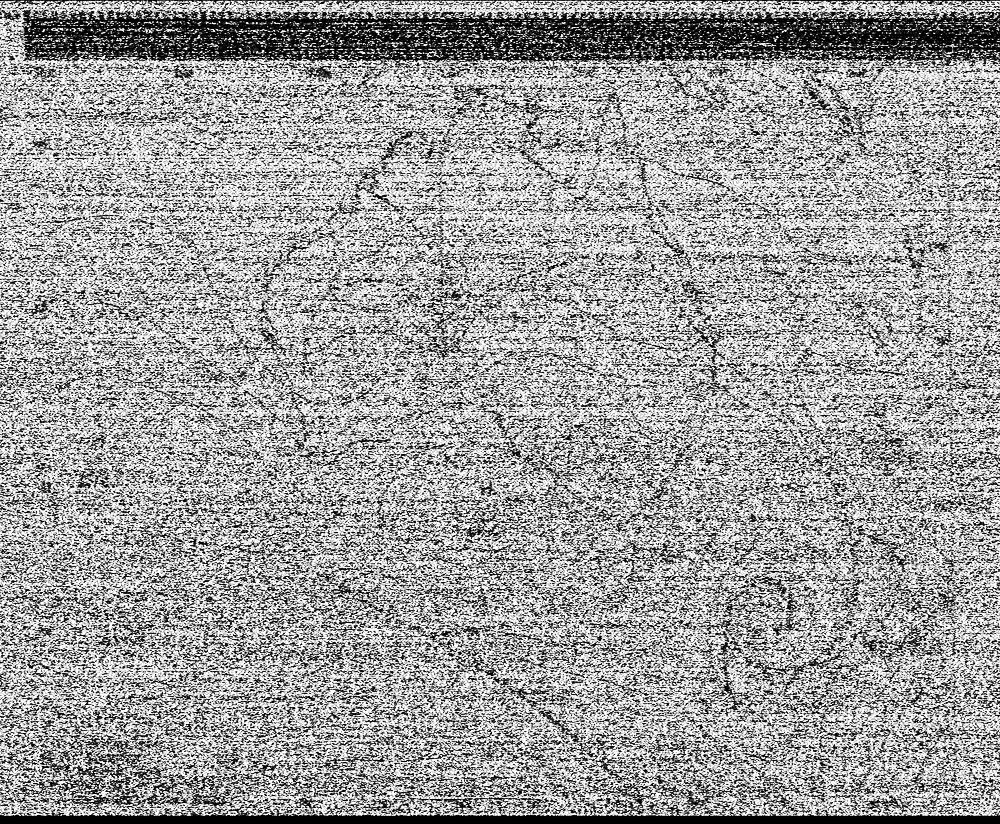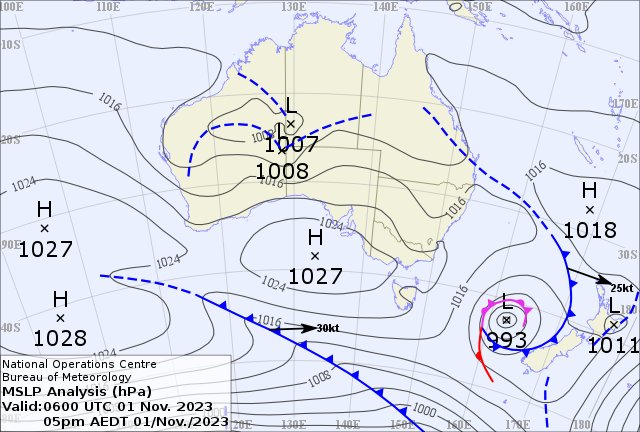By Brian D. Smith
NASCAR comes to Indy this Sunday, which means that from now until then, you have a chance to snare the third and final QSL card in the 2024 set of amateur radio station W9IMS. Better yet, you can earn this year’s Checkered Flag Award with less effort than usual, thanks to the unforeseen effects of a mischievous sun.
Back in early May, the W9IMS crew staged their first special event of the year, commemorating the IndyCar Grand Prix at the Indianapolis Motor Speedway. But a series of solar flares spoiled the party, making it difficult for many stations to connect with W9IMS.
Since the usual requirement of the Checkered Flag Award is to work or tune in all three W9IMS special events in a given year, the uncharacteristically low number of Grand Prix contacts seemed destined to result in an uncharacteristically low number of certificate recipients.
So club officers changed the rules. This year, you can qualify for the award with credits for any two of the three special events: the Grand Prix and Indy 500 in May, and the upcoming NASCAR 400 at the Brickyard.
Of course, it’s best to bag all the events and claim the trio of ’24 QSL cards along with the certificate. But for anyone who went 1-for-2 in May, the coming week is your last opportunity to add more W9IMS wallpaper to your shack. The station will be on the air through 11:59 p.m. Sunday, July 21 (Indianapolis time)/0359 UTC Monday, July 22.
W9IMS operates primarily on 20 and 40 meters, but occasionally adds 80 meters later in the week (and occasionally 2 meters on Race Day for locals and fans in the stands at the Speedway). Preferred frequencies are 14.245 and 7.245 SSB, plus or minus QRM.
A few tips on locating W9IMS:
- Check DX Summit (www.dxsummit.fi) for spots listing the current frequency or frequencies of W9IMS. You can customize your search by typing “W9IMS” in the box at upper right.
- Go to the W9IMS web page (www.w9ims.org) and look for the heading, “2024 Operating Schedule.” Click on the “NASCAR 400 at the Brickyard” link, which opens into a weeklong schedule of individual operators and their reserved time slots. Although operators frequently get on the air at unscheduled times, your odds of catching the station improve significantly during hours with a listed op.
- Prime time for weeknight operations is 6 to 10 p.m. in Indy (2200-0200 UTC). That’s also your most likely shot at finding W9IMS active on two bands. However, it’s not unusual for operators to continue till midnight or later if band conditions allow.
- Remember that the published schedule can be shortened by adverse circumstances, such as local thunderstorms, a lack of calling stations and, as we discovered in May, solar flares! Don’t wait till the final hour to look for W9IMS.
- But if you still haven’t worked W9IMS by the final weekend, don’t give up too soon. Toward the end of the special event, W9IMS ops often call for “only stations that haven’t worked us this week” and/or switch to contest-style operations, exchanging only signal reports to put more calls in the log.
- Keep in mind that both hams and SWLs are eligible for QSL cards and the certificate. So if your ham station isn’t able to work W9IMS by Sunday night, you can create an SWL report by copying down details of successful contacts – such as date, frequency, UTC, and the callsigns of several stations you heard W9IMS working. SWL reports count as credits too, although the certificate may feature your name instead of your call.

